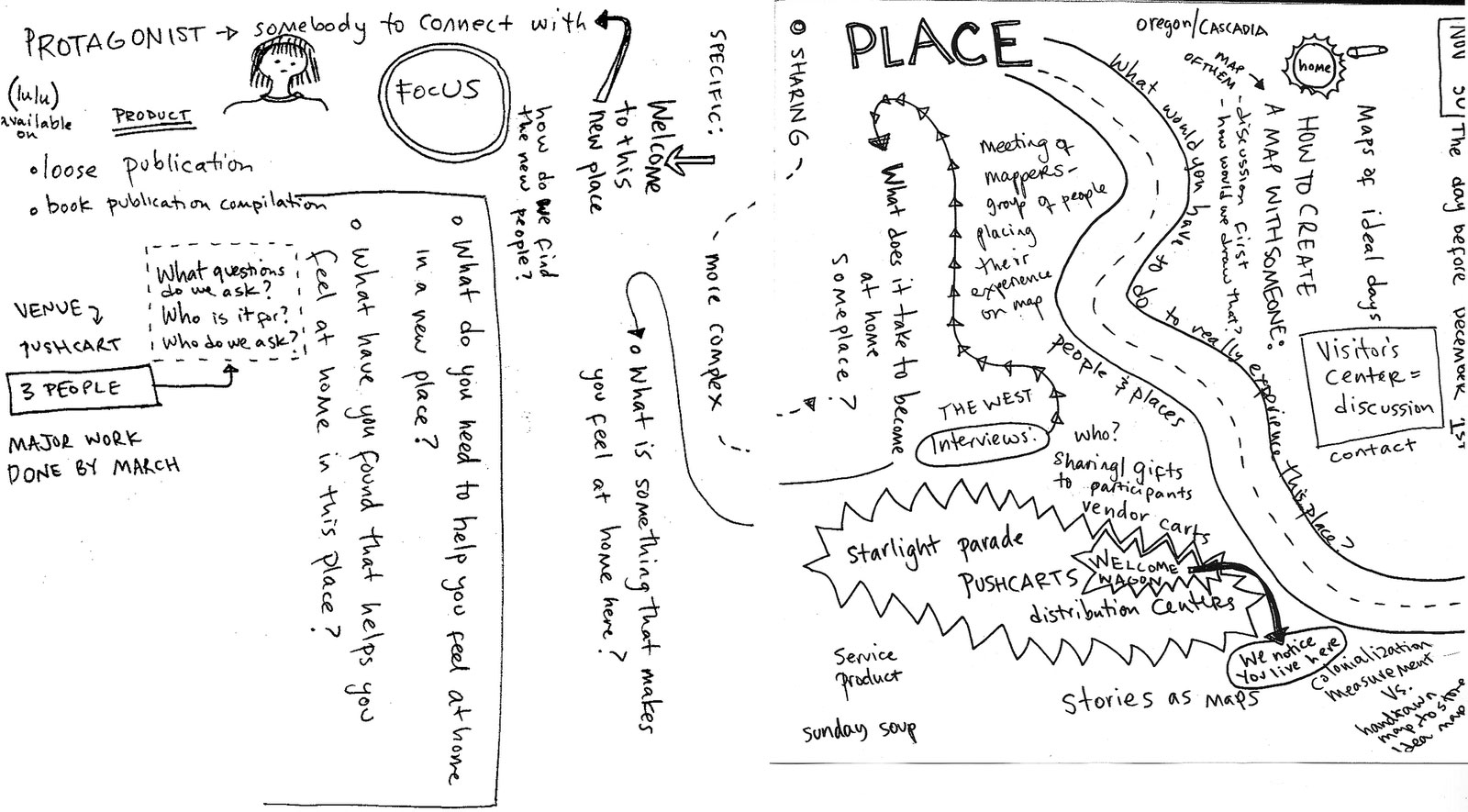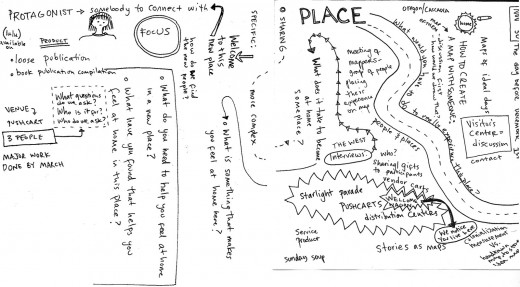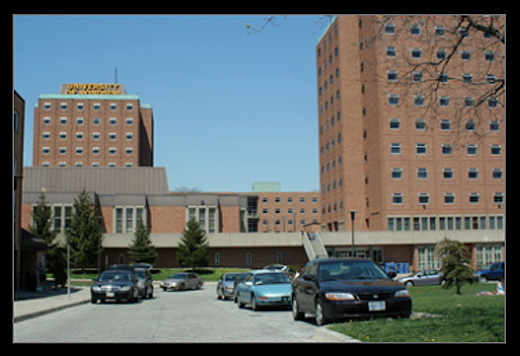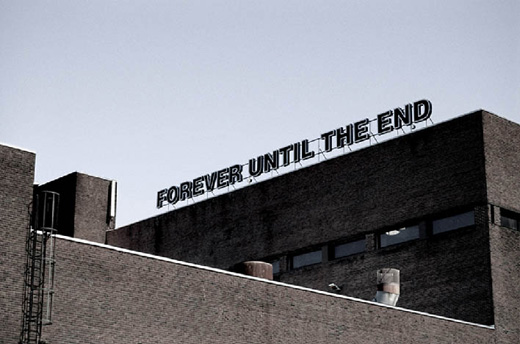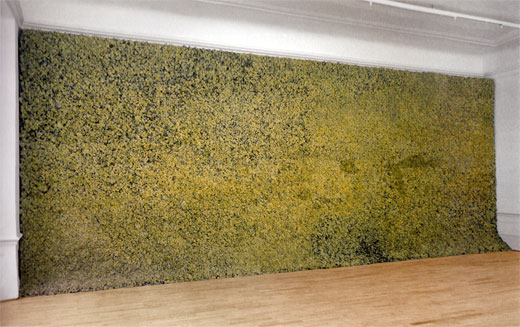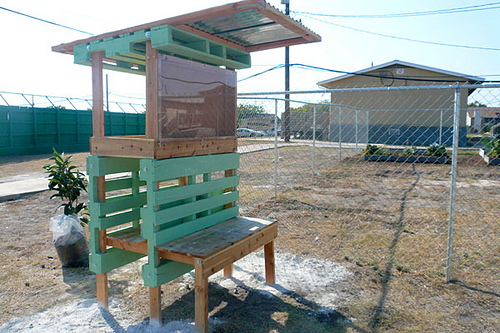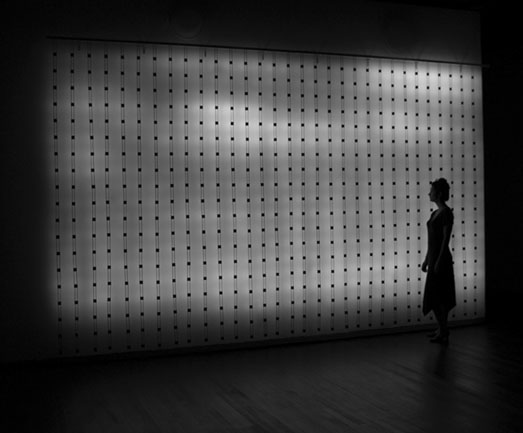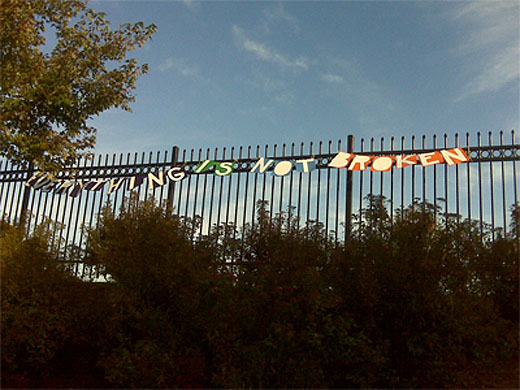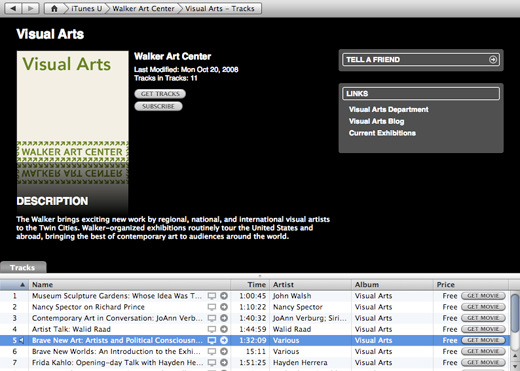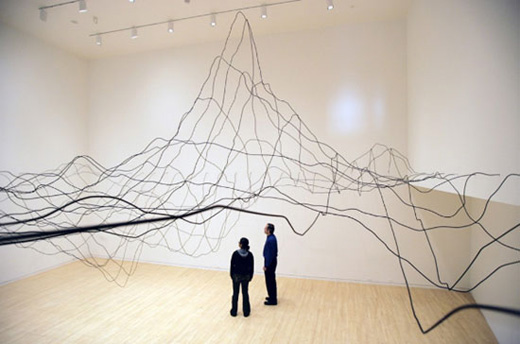
Maya Lin has created a number of public art works, memorials, and has increasingly shifted her practice towards studies of landscape, often rendering rivers, geographic relief, and water lines. Interestingly, many of her recent works are made exclusively of reclaimed materials—silver from jewelry, computers, and photographic process, and lumber from sustainably harvested wood.
There’s an interesting, but lengthy, video lecture by Maya Lin on the De Young Gallery website, where she explains a lot of her work and the processes behind it.
[via]
